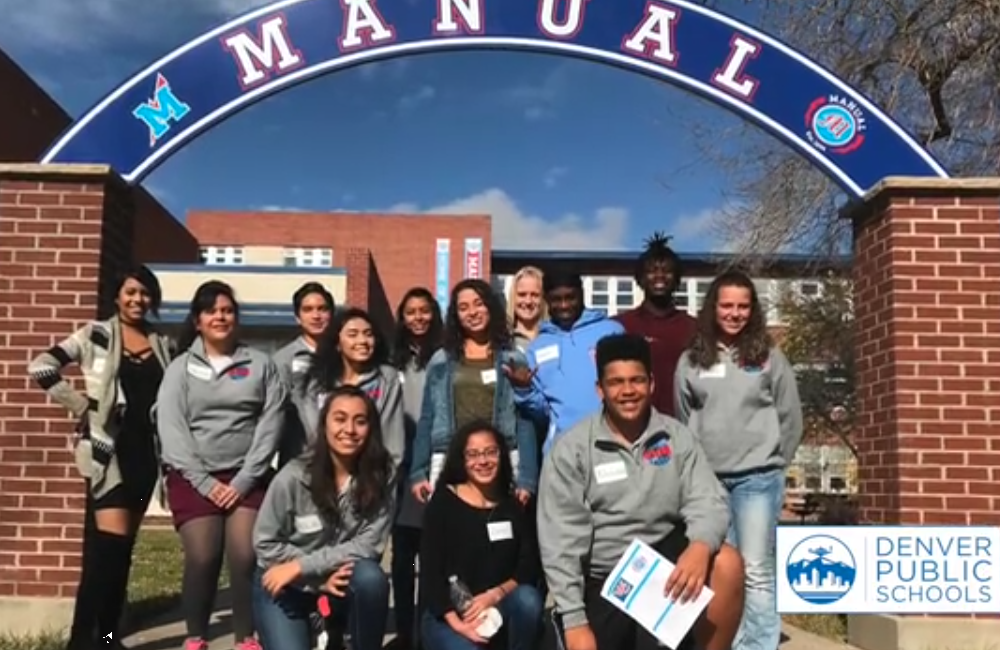 After racial tensions erupted during a high school football game, the conflict hardened and spread throughout the two competing schools. Both communities feared that the situation would escalate and grow violent. But the two groups participated together in restorative circles and dispelled the issue, breaking barriers in ways no one expected.
After racial tensions erupted during a high school football game, the conflict hardened and spread throughout the two competing schools. Both communities feared that the situation would escalate and grow violent. But the two groups participated together in restorative circles and dispelled the issue, breaking barriers in ways no one expected.
In Denver, Colorado, in September 2017, students from Manual High School stated that the visiting team, Weld Central High School, raised a confederate flag in the stands and that players used racial slurs against them on the field. News of the incident spread throughout Denver and even received national attention. The hurt was great in both school communities.
“The anger that swirled around the event on social media and in the news was volatile and toxic,” comments Chris DeRemer, Dean of Culture at Manual High School. “Both proud communities were adamant that their community had suffered trauma at the hands of the other.”
DeRemer, who had recently attended a professional development event on Basic Restorative Practices with the IIRP, was asked by his administration to formulate a restorative response. “I was charged by Denver Public Schools to bring the two schools together to conduct a dialogue and learning exchange,” he explains.
DeRemer brought half a dozen students from urban Manual High School, including football players and student leaders, to visit rural Weld Central and sit down to talk with seven of their students about what had happened. Then the group from Weld visited Manual.
The students took tours of each other’s schools and ate lunch together. And DeRemer organized talking circles that allowed each student to share how they felt about the incident, clear up misconceptions they may have had about each other and make commitments about where to go next. The students came away from this experience deeply affected and determined to share their experience throughout their communities.
“We were pretty biased against them, and they were pretty biased against us. But now we know exactly who they are, and they know who we really are. We as students, we came together,” commented Trent Torres, a student from Weld Central, in a documentary of the event produced by Denver Public Schools.
“These stereotypes have been implanted into our heads only from ignorance and past experiences of racism and misconception. But in this circle, we shared harsh truths about our prejudices, and they were cleared away by the end of the tours and discussion,” explained Manual High School student Ani Vazquez, in a Denver Post commentary, adding, "Communities coming together is the most powerful and influential way to bridge the gap that separates us."
To ensure that the positive effects of the circles would spread beyond the small groups, after the exchange, each student team spoke at an all-school assembly. DeRemer says his principal was very relieved after the students shared their experience with the rest of student body. “We could really be confident in who we were as a community again,” he affirms.
Since then, the two schools have participated in sporting events and other school activities without incident. The students who were involved in the circles are still in touch and looking for ways to connect with each other. “There was so much nervousness and concern about what it will look like when these schools interact,” concludes DeRemer. “This showed it could be OK again.”
Read Ani DeVazquez’s commentary in the Denver Post, “After racially charged dispute, Manual and Weld Central students heal division together."
Watch the Denver Public Schools video about the event at Vimeo, “Manual, Weld Central HS Students Find Common Ground."

